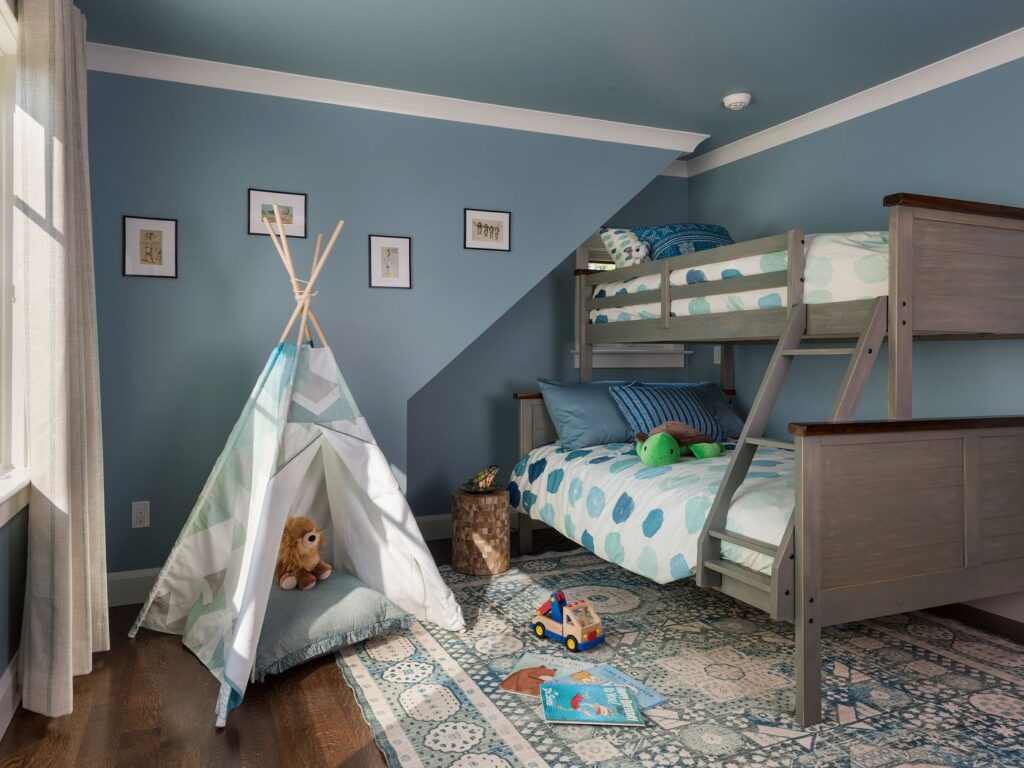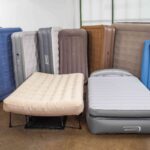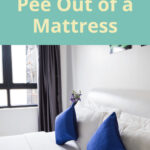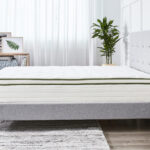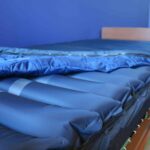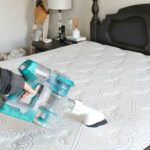Are you looking for the best way to make your bunk bed more comfortable? If so, you’ve come to the right place! This ultimate guide will provide you with all the information you need to know about what to put under mattress on bunk bed. We’ll cover the different types of materials available, the pros and cons of each, and the importance of proper support. We’ll also provide tips on how to choose the right mattress topper and mattress pad for your bunk bed so that you can get the most restful night of sleep. So, let’s get started and explore the world of what to put under mattress on bunk bed.
Benefits of Putting Something Under the Mattress
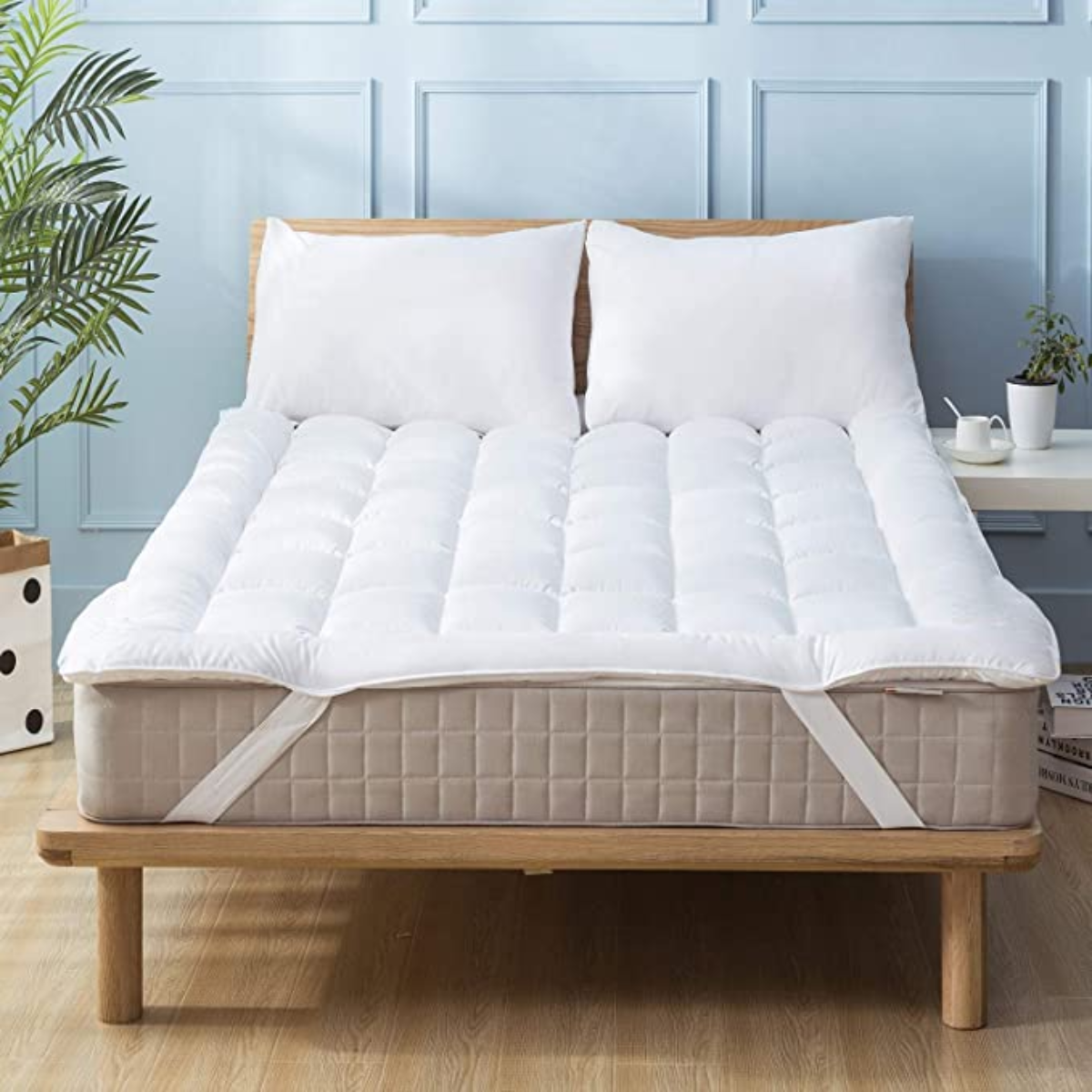
Putting something under the mattress can provide a number of benefits to the user, such as increased comfort and support. It can also reduce the risk of sagging and can help to retain the mattress’ shape.
Comfort: Placing something under the mattress can help to provide extra cushioning and support, making it more comfortable to sleep on. This is particularly true for those who have a problem with their back or neck, as the extra cushioning can help to reduce pain and improve sleep quality.
Shape Retention: Placing something under the mattress can help to retain its shape for longer. This is especially beneficial for those who have a bunkie mattress, as the extra layer of material can help to keep it from sagging and becoming lumpy.
Reduced Risk of Damage: Placing something under the mattress can also help to reduce the risk of damage. This is especially true for bunkie mattresses, as the extra layer of material can help to protect it from wear and tear.
Aesthetics: Placing something under the mattress can also help to add a bit of style to the bed. This can be especially beneficial for those who have a bunkie mattress, as the extra layer of material can help to make it look more visually appealing.
Types of Materials to Put Under the Mattress
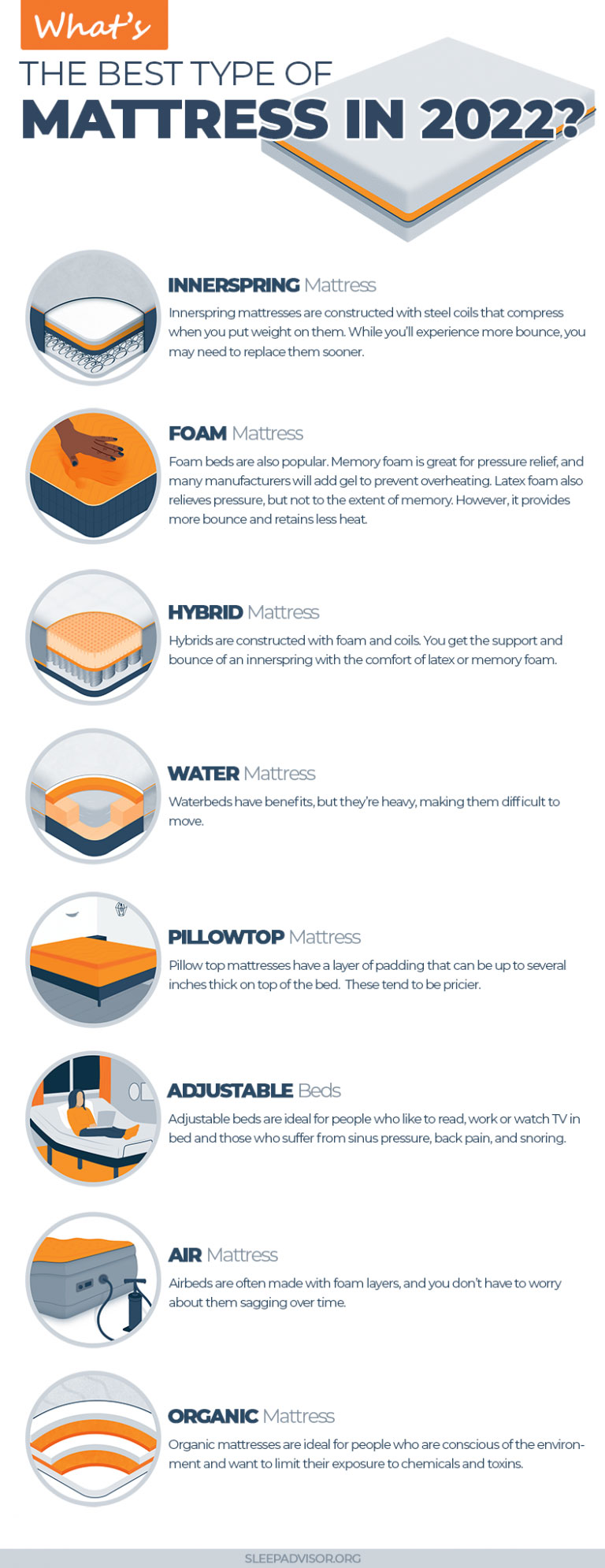
Bunkie Mattress
A Bunkie mattress is a thin, one- to two-inch mattress designed specifically for bunk beds. Bunkie mattresses can provide the necessary support and comfort that bunk beds need. They are often made of foam or cotton and may include a layer of gel for added comfort.
Plywood
Adding a plywood layer under your mattress is a great way to provide extra support and cushioning. Plywood can help prevent sagging and provide a firmer sleeping surface. It comes in different thicknesses, so you can choose the one that’s right for you.
Foam Pads
Foam pads are also an option for providing extra cushioning and support to a bunk bed mattress. They are often made of memory foam and come in a variety of thicknesses. Foam pads can be used on their own or in combination with a plywood layer for added support.
Mattress Toppers
Mattress toppers are another way to add cushioning and support to a mattress. They are typically made of memory foam and come in a variety of thicknesses. They are great for adding extra softness and comfort to a mattress, and can help provide pressure point relief and improved spinal alignment.
Pros and Cons of Different Materials
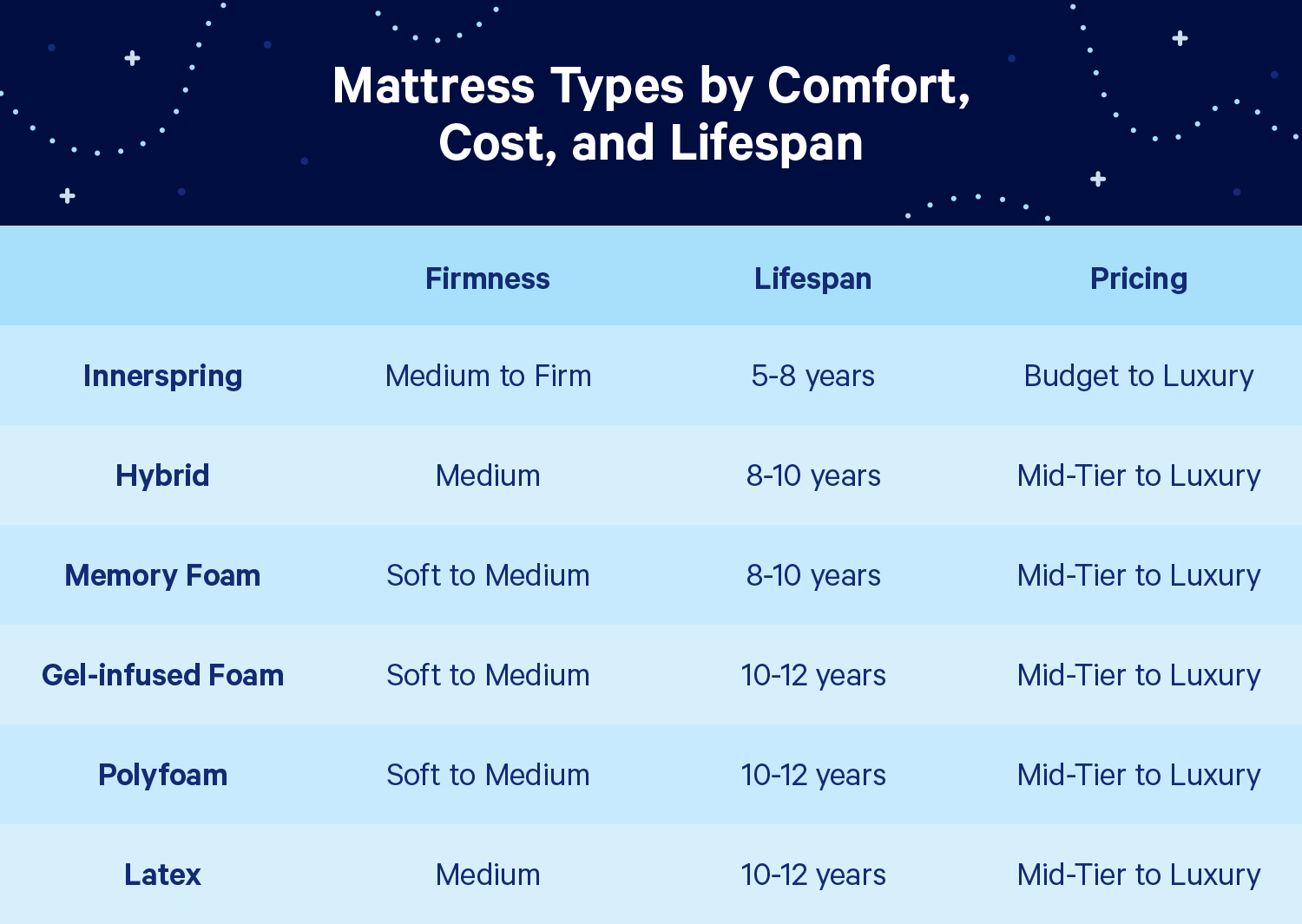
Bunkie Mattress
Pros: A bunkie mattress is a thin mattress that can be placed on top of a bunk bed to provide extra cushioning and comfort. They are generally lightweight and easy to transport. Bunkie mattresses are also often less expensive than other mattress types.
Cons: Bunkie mattresses are not as supportive as thicker mattresses and may not provide the same level of comfort. They also may not last as long as other mattresses.
Plywood
Pros: Plywood is a good option if you’re looking for a more affordable solution to provide extra cushioning and comfort. It’s also easy to transport, and is durable enough to last several years.
Cons: Plywood is not as comfortable as other mattress types and may not provide the same level of cushioning and support. It also can be noisy when someone moves around on it.
Foam Pads
Pros: Foam pads are lightweight and easy to transport, and can provide extra cushioning and comfort. They’re also generally less expensive than other mattress types.
Cons: Foam pads are not as supportive as thicker mattresses and may not provide the same level of comfort. They also may not last as long as other mattresses.
Mattress Toppers
Pros: Mattress toppers are a great way to add extra cushioning and comfort to a bunk bed. They are generally lightweight and easy to transport, and are often more comfortable than foam pads or plywood.
Cons: Mattress toppers can be more expensive than other mattress types, and may not last as long. They may also not provide the same level of support as thicker mattresses.
How to Choose the Right Material
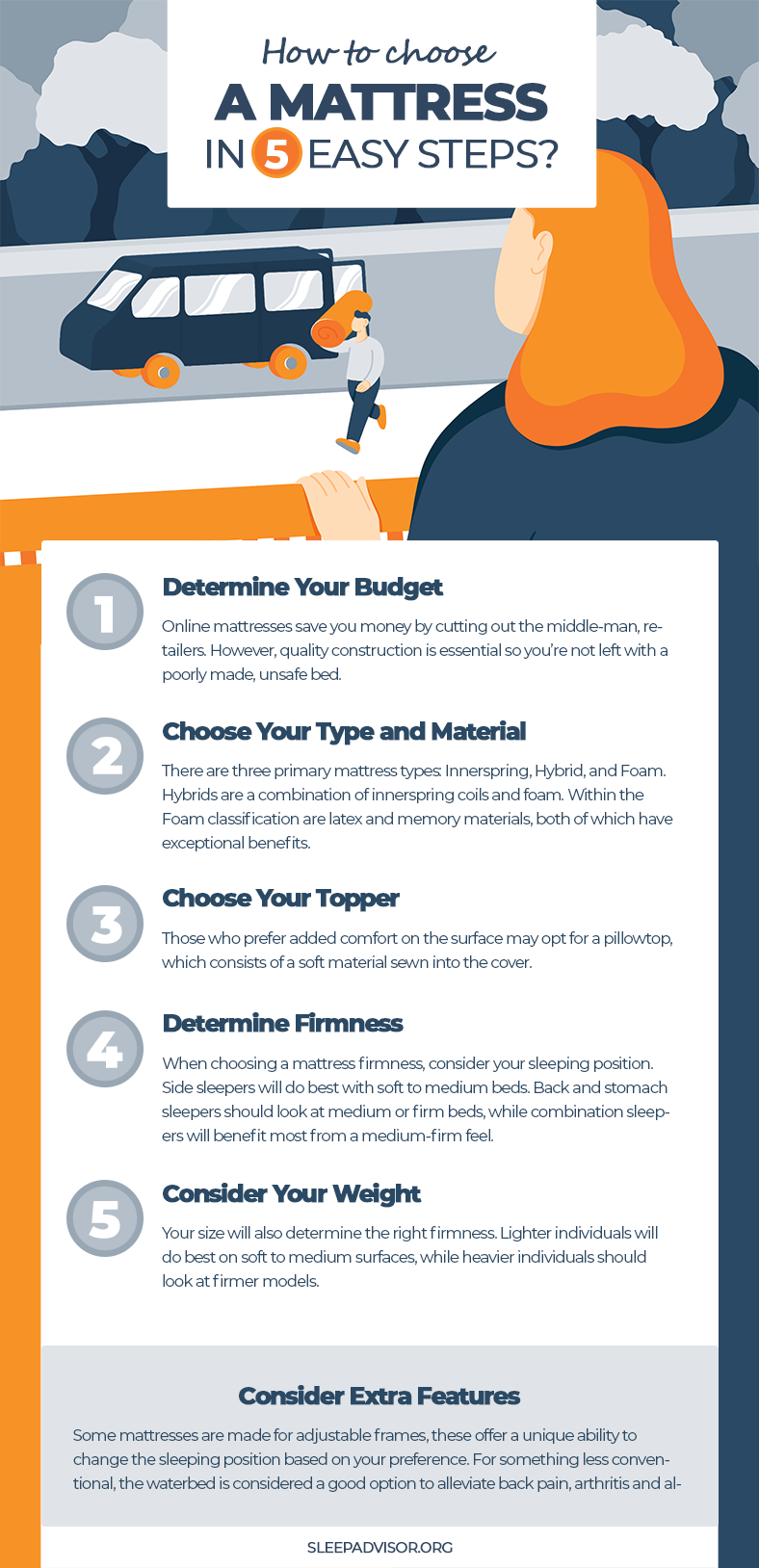
- Comfort: Choose a material that is comfortable and breathable, like memory foam, latex, or cotton.
- Durability: Select a material that is durable and can withstand wear and tear, such as polyester or polyethylene.
- Hypoallergenic: If you or anyone in your family suffers from allergies, choose a hypoallergenic material to avoid any potential irritations.
- Easy to Clean: Look for a material that is easy to clean and maintain, such as vinyl or microfiber.
Safety Considerations
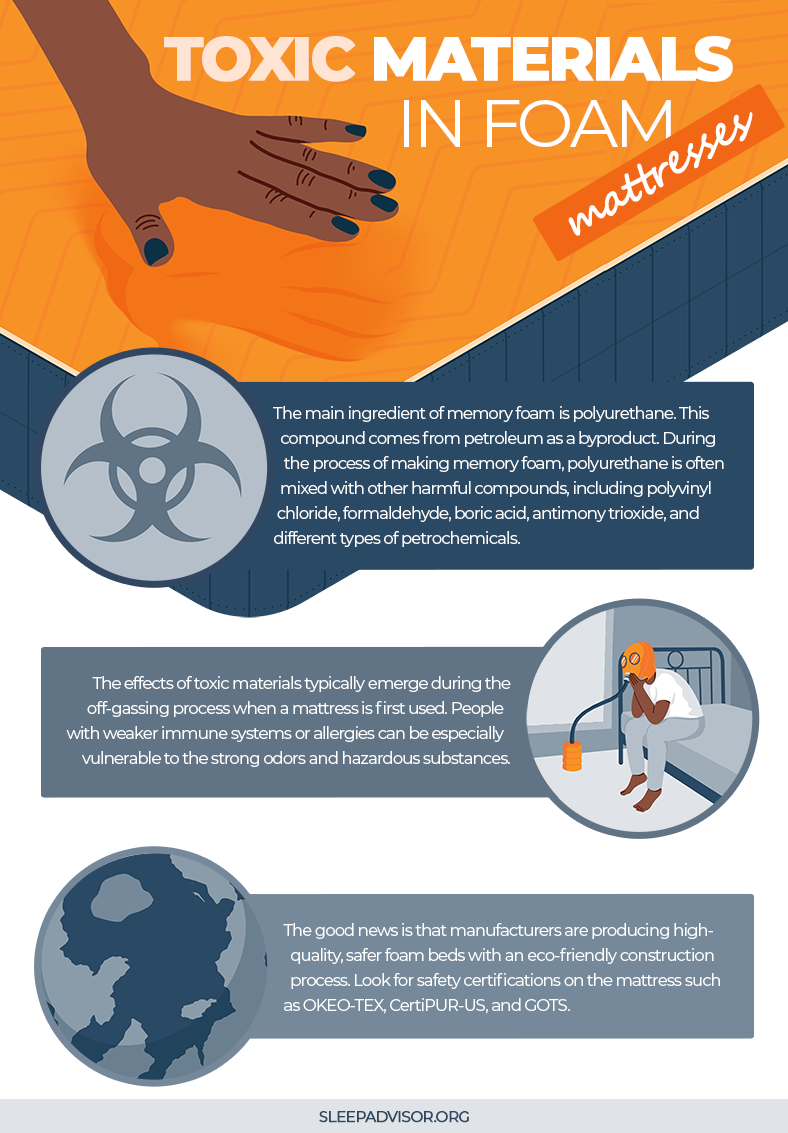
- Check the weight limit: The weight limit of your bunk bed will decide the kind of items you can place underneath it. Make sure to check the weight limit and avoid placing any heavy items that might damage the mattress.
- Remove sharp objects: Bunk beds need to be free of sharp objects in order to prevent any injuries for kids or adults. Make sure to remove all sharp objects, such as toys and books, from underneath the mattress.
- Check stability: Before placing any items under the bed, make sure to check the stability of the bed frame. Any sharp edges or loose screws should be fixed to ensure that the bed frame is safe and secure.
- Remove dust: Dust can accumulate underneath the mattress and cause allergies. Make sure to clean the area underneath the mattress regularly to avoid any dust-related health problems.
Advantages of Putting Something Under the Mattress
Putting something under your mattress on a bunk bed can have a number of advantages that can help you sleep more comfortably.
Extra Support: Adding padding or a mattress topper under your mattress can give you extra support and can help make your mattress more comfortable. This can be especially helpful for people who need extra support for their back and neck.
Noise Reduction: Putting something under your mattress can also help reduce noise between the two beds, making it easier to sleep.
Stability: Adding an extra layer of padding or a mattress topper can help keep your bed more stable, making it less likely to shift when you move around in your sleep.
Protection: Putting something under your mattress can help protect the mattress from dust and dirt, making it last longer.
Frequently Asked Questions
What Type of Mattress Should I Use on a Bunk Bed?
When considering what type of mattress to use on a bunk bed, it is important to take into account the size of the mattress, the mattress’ support capabilities, and the height of the bunk bed. It is important to select a mattress that will fit properly in the frame, as well as provide adequate support and comfort. Innerspring, memory foam, and hybrid mattresses are all great options for bunk beds, as they provide the necessary support and comfort for a comfortable sleep. Additionally, bunk beds should be equipped with mattresses that are no more than 8 to 10 inches in height to ensure the safety of the user.
What is the Best Way to Support My Mattress on a Bunk Bed?
1. Use a Bunk Bed Mattress Slat System: A slat system is the best way to support a mattress on a bunk bed. The slats are designed to evenly distribute the weight of the mattress, ensuring that it does not sag. Slats should be spaced no more than 3 inches apart for maximum support.
2. Use a Bunk Bed Mattress Foundation: A bunk bed mattress foundation is a flat surface made from wood or metal that provides a stable base for your mattress. The foundation is placed directly on the bunk bed frame and is designed to provide even weight distribution and support.
3. Use a Bunk Bed Mattress Topper: A mattress topper is a thick layer of foam or other material that is designed to provide extra cushioning and support to your mattress. Toppers are placed directly on the mattress and help to prevent sagging.
4. Use a Bunk Bed Mattress Cover: A mattress cover is a thin fabric that is designed to protect your mattress from dust, dirt, and other debris. It is important to use a mattress cover when sleeping on a bunk bed, as it will help to extend the life of your mattress.
5. Use a Bunk Bed Mattress Pad: A mattress pad is a thin layer of cushioning that is placed on top of the mattress. It is designed to provide extra comfort and support, and is typically made of foam or other materials.
Can I use a mattress topper for a bunk bed?
Yes, you can use a mattress topper for a bunk bed. A mattress topper can provide an extra layer of comfort and support to the mattress, helping to make the surface of the mattress softer and more comfortable. However, you should take care to choose the right type of mattress topper for your bunk bed, as some may not be suitable for this type of bed. It is important to check the manufacturer’s instructions to ensure that the mattress topper is suitable for your bunk bed.
Is there a specific type of material I should use for under my mattress on a bunk bed?
When it comes to choosing the right material to put under your mattress on a bunk bed, there are a few options to consider:
- Memory Foam Topper – A memory foam topper provides cushioning and support for your mattress, as well as some additional noise dampening. Memory foam is also breathable, which helps to keep you cool and comfortable while sleeping.
- Foam Board – Foam board is an inexpensive and lightweight option that can provide some cushioning and support for your mattress. It is also easy to cut to size, making it an ideal choice for bunk beds.
- Fiberboard – Fiberboard is a more durable and heavier option than foam board. It is also more expensive and can provide more support and stability for your mattress on a bunk bed.
- Carpet Underlay – Carpet underlay is another affordable and lightweight option that can provide some cushioning and additional noise dampening. It is also easy to cut to size, making it a great choice for bunk beds.
When choosing a material to put under your mattress on a bunk bed, it’s important to consider the type of mattress you have, as well as the size of the bunk bed. Choosing the right material can help to ensure a comfortable and restful sleep.
Are there any safety considerations I should be aware of when using a bunk bed with a mattress?
Yes, there are several safety considerations to keep in mind when using a bunk bed with a mattress.
- Check the bunk bed for safety hazards such as sharp edges, protruding parts, or loose screws.
- Make sure the mattress is the correct size for the bunk bed. A mattress that is too large or too small can be a potential hazard.
- Make sure the mattress is placed securely on the bed frame and is not prone to sliding off.
- Check the bunk bed ladder to make sure it is secure and stable.
- Make sure the mattress is firm enough to provide adequate support for the sleeper.
- Check the mattress for any tears, rips, or other damage that could pose a safety hazard.
- Make sure the bunk bed is placed away from windows, radiators, and other heat sources.
It is also important to follow the manufacturer’s instructions and recommendations for use of the bunk bed. Additionally, it is recommended that bunk beds are used only for children over the age of 6 years old.
Conclusion
A comfortable sleep is essential for good health and well-being. Bunk beds are great for saving space, but they can be uncomfortable without the proper mattress support. Adding something underneath the mattress can help to improve the comfort of the bed and make it easier to sleep on. Options such as plywood, mattress toppers, and an adjustable bed frame are all great ways to make sure your bunk bed is providing a comfortable sleep.
